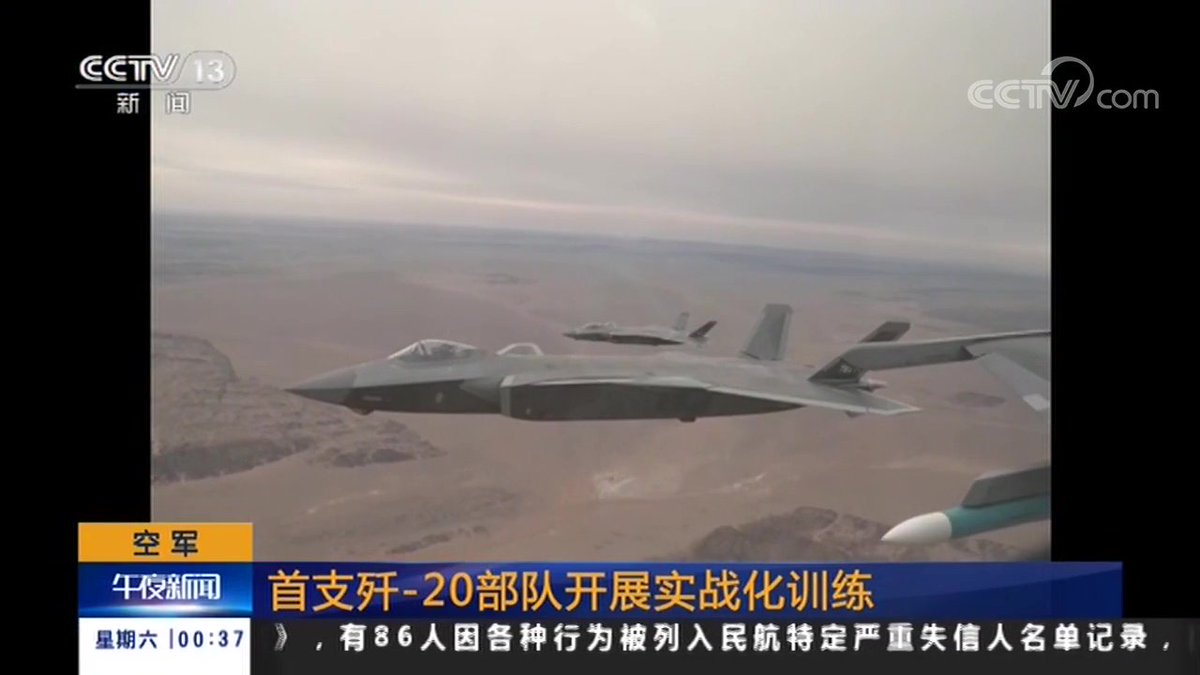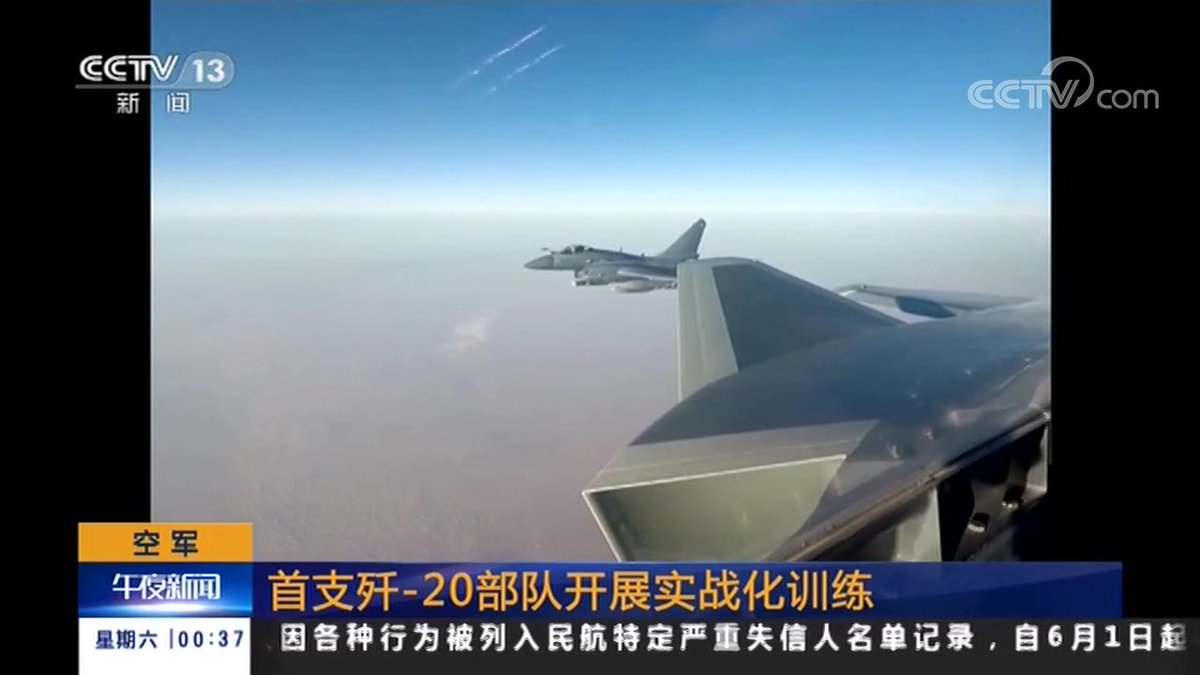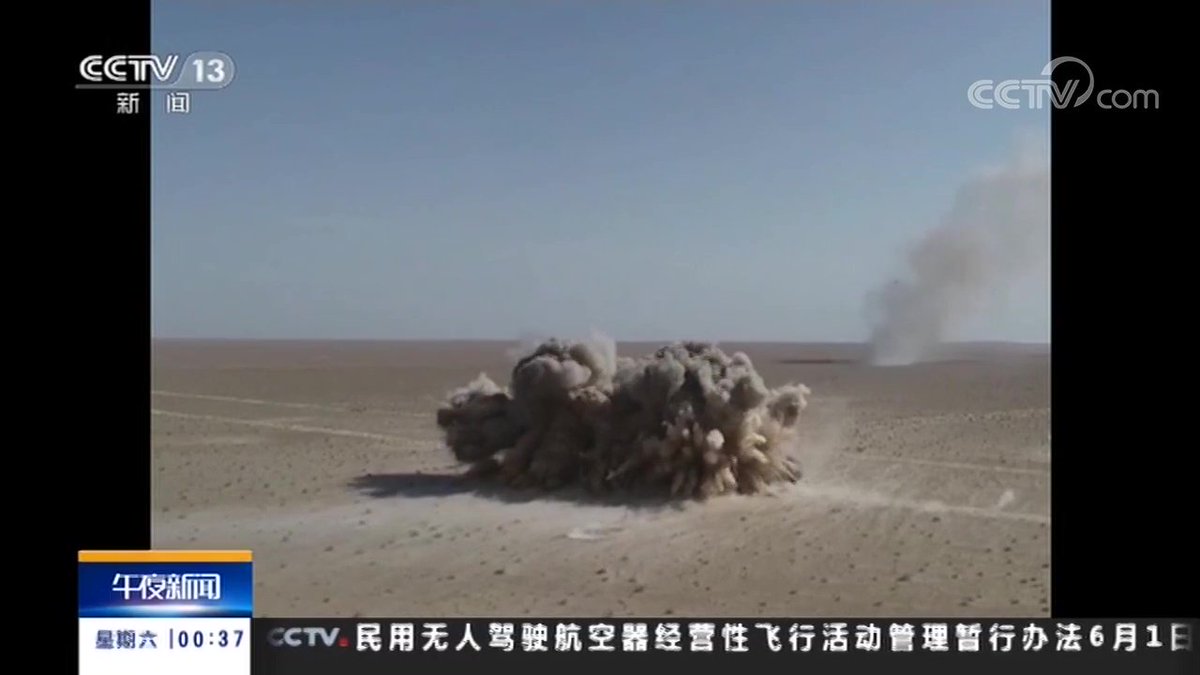D
Deleted member 13312
Guest
That would make perfect sense, seeing as the better part of China's air force for the forseeable future will consist of 4 to 4.5 gen fighters that still have 20-30 years of service life in their air frames. And it will give China a credible fall back in case the J-20 cannot be expected to pull the weight on its own.I've wondered for a while, whether J-16 and J-10C may share a similar kind of "stealthy" datalink that J-20 was expected to also have (like an IFDL or MADL equivalent), considering all three aircraft would've likely had many elements of their avionics suite requirements put forwards in about the same timespan.
After all the rest of the PLA fleet already has a Link 16 equivalent (JSILDS), but of course JSILDS probably would not be stealthy in the way that IFDL or MALD would be, so it would make sense for J-10C and J-16 to have the ability to interface with JSILDS equipped non-stealthy aircraft in the rest of the fleet, as will as interface with J-20 directly using J-20's expected stealthy datalink.
Such an implementation would certainly enhance the effectiveness of J-20 as well as J-16 and J-10C to complement each other better.
4th gen fighters are still going to be with us for a very long time.
The chief engineer of the J-20 program indicates that the aircraft is not only a defensive but especially offensive vector, to eliminate potential threats well beyond the border of the country.
Well to be fair, in recent times almost all modern fighter planes are designed with both offensive and defensive capabilities in mind. Only a few have even been designed to only have defensive capabilities in mind. If defensive is the correct word for it, the only reason why they could be considered as such will be due to their short range and payloads. The F-16, JF-17 and J-10 all fall into this category, and even then it would be more correct to classify them as "on point" fighters, fighters that can be deployed in numbers and can rapidly scramble.






